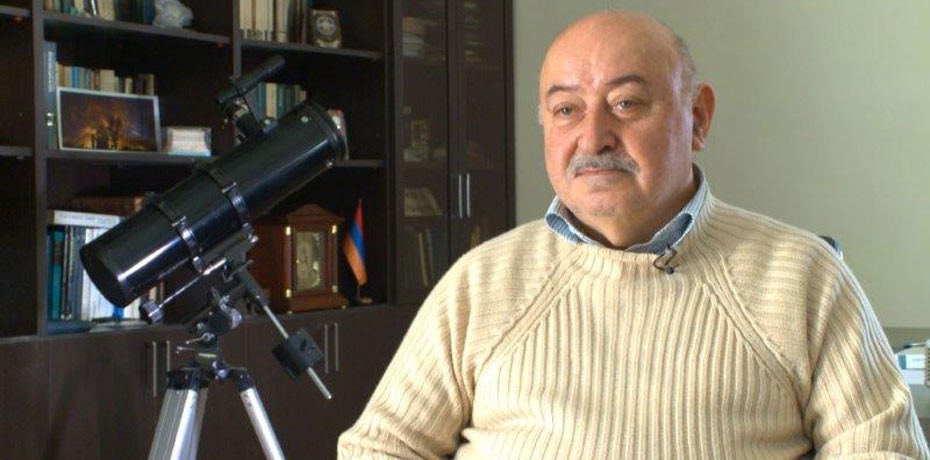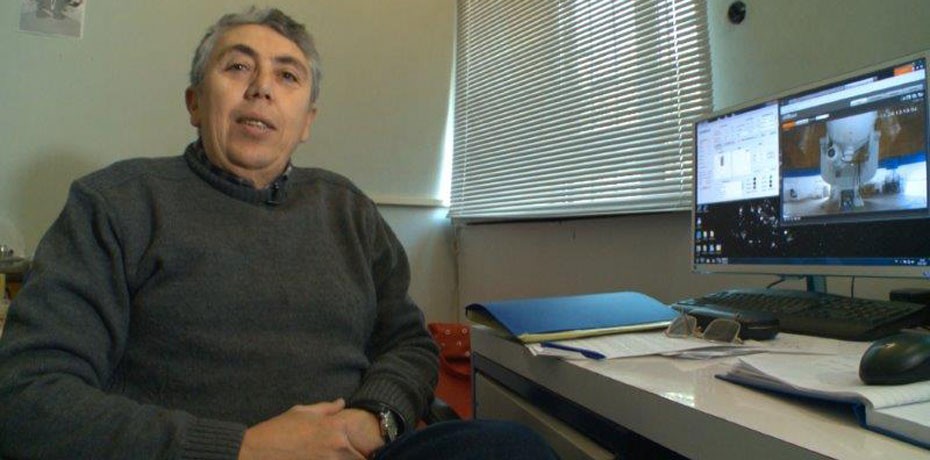Decades ago, Viktor Ambartsumian managed to create new directions in the world astrophysics, proving that new stars are born continuously, that there exists a galactic nucleus activity, that the study of non-stable phenomena is important and much more. Those directions became a business card for international recognition of Byurakan Observatory, and started developing worldwide.
Byurakan Observatory, which has been operating for already 71 years owing to the devotees of science, has managed to maintain reputation of the well-known scientific center and to record new successes. According to the International Astronomical Union, today there are eight regional centers for astronomy development in the world. One of them is Byurakan Observatory, which has been expanding the geography of its cooperation with other countries since 2015. The joint cooperation today includes Iran, Georgia, Tajikistan and Kazakhstan; recently, during the UNESCO conference in Yerevan, it was announced that Turkey joined the cooperating countries.
In Byurakan Observatory, the main direction of fundamental research remains the direction established by Viktor Ambartsumian, defined as the research of non-stable phenomena in the universe and the revealing of their role in the evolution of cosmic objects. Applied researches were implemented simultaneously. Last ones have become possible owing to the previous achievements of the Byurakan Observatory. Applied research allows earning extra-budgetary funds for maintenance of existing telescopes and those that were reactivated after year of inactivity.
"After the earthquake and then the collapse of the Soviet Union, in the 90s, science was put in a very difficult situation. Many left the observatory. Ambartsumian continued to work until his death. His infectious example kept working those researchers for whom their profession was also a lifestyle. The devotion to science and his example of a teacher and senior colleague preserved the existence of the observatory. However, science could not develop without financial investments. French colleagues were the first to help Byurakan Observatory by restoring the 2.6m telescope. In the same 90s, Russian colleagues provided with a receiver for the same big telescope. In the mid-2000s, besides the state budget, for the first time, VivaCell-MTS supported the observatory, making considerable contributions for three different purposes. This is a unique phenomenon in the history of the observatory as no other private company has ever made such a serious investment here. The observatory seemed to begin awakening. The telescopes, which were known for being intensely used for decades and had been out of work throughout the preceding years (the well-known 1m telescope was not working at all), were re-operated. The restoration of 1m telescope was initiated in 2007. The money granted by VivaCell-MTS was used for restoration of the 2.6m telescope’s control room, as well as the equipment for producing liquid nitrogen without which observations would be impossible. New young researchers have been involved," recalls Haik Harutyunian, the Deputy Director of the observatory, who was managing it for many years.
Later, in the beginning of 2010, the Russian ROSCOSMOS Agency launched applied research project in Byurakan. Within the framework of this project, a monitoring of the circumterrestrial space is carried out for the prevention of anthropogenic and natural disasters. Around 5000-6000 tons of metal have accumulated around the Earth as a result of the accumulation of parts of high-speed satellites and rockets, which is a serious threat to all existing satellites.
Byurakan Astrophysical Observatory, one of the most important observatories in Eastern Europe and the Middle East, also claims to become a large center of scientific tourism. The upcoming programs also include construction of a specialized center for visits.

17:29 | 24.09.25 | Articles
Jacopo Losso on Cross-Border Investments and Why Armenia Attracts Angels











